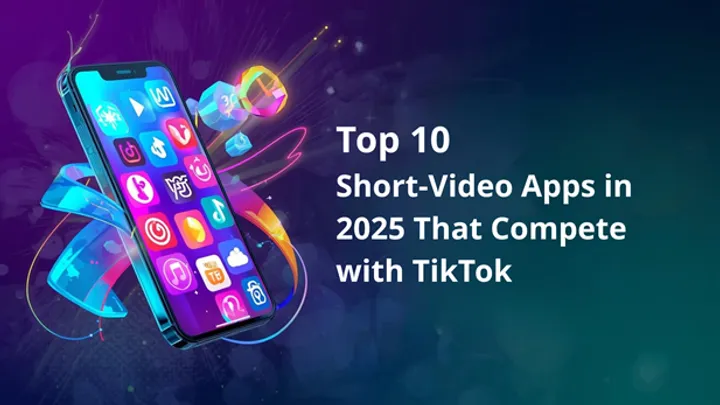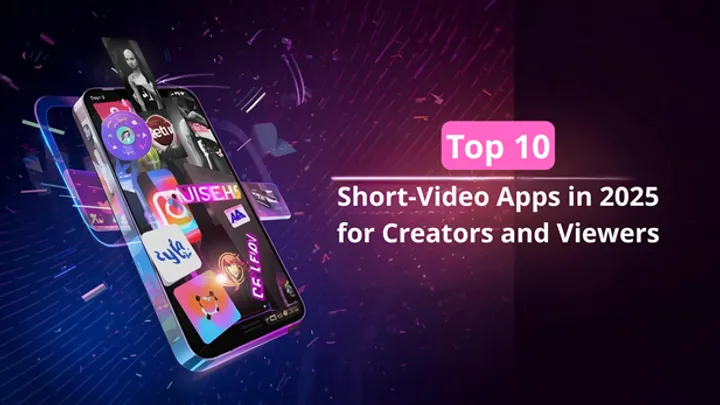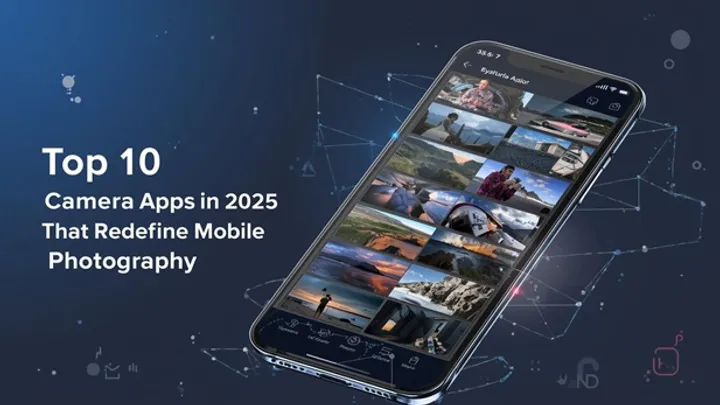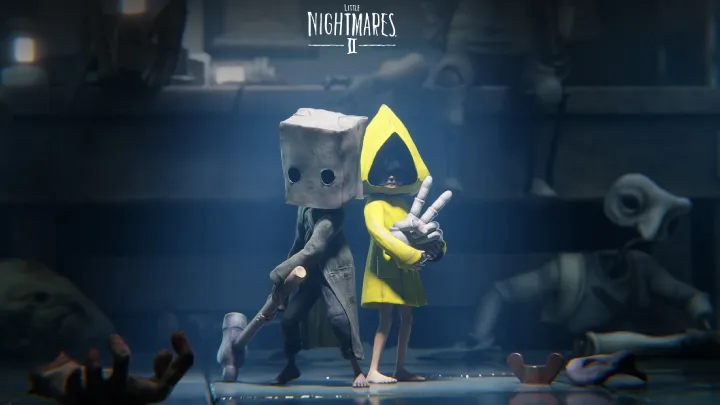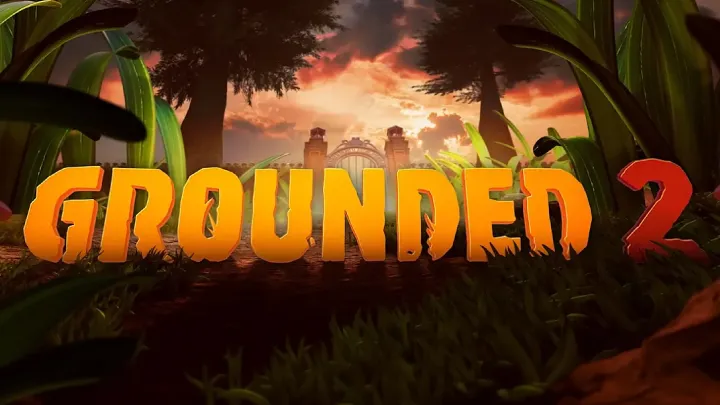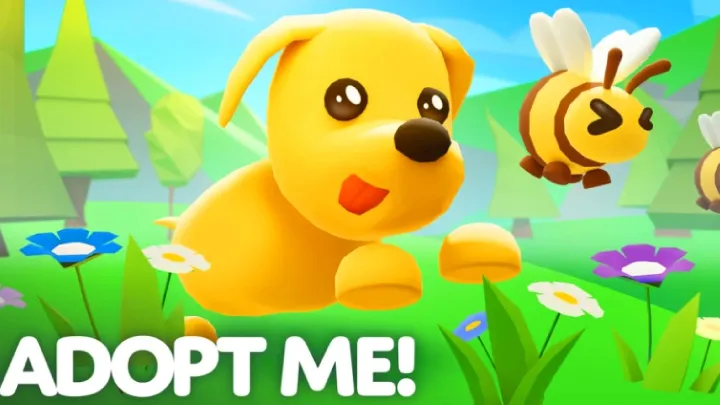Introduction
Puzzle games are a uniquely enduring genre. They ask one simple thing of players: think. Through clever design, elegant mechanics, and moments of satisfying epiphany, the best puzzle games turn thinking into play. From coin-op arcades to pocket phones, puzzle and brain-teasing titles have shaped how we learn pattern recognition, spatial reasoning, and creative problem-solving. Some became cultural touchstones — games you recommend to friends, teach to children, and return to when you want to feel clever.
Below are ten unforgettable puzzle and brain-teasing games that generations remember — why they mattered, how they work, and what makes each one timeless.
1. Tetris (1984)
Why it’s unforgettable
Tetris is the archetype of the puzzle genre: minimal rules, infinite depth. Created by Alexey Pajitnov in 1984, its falling-block mechanic immediately clicked with players worldwide. The core loop — arrange tetrominoes to clear lines — is astonishingly pure; anyone can grasp it in seconds, yet mastery is endlessly engaging.
Gameplay & design
A stream of shapes falls from the top of the screen; rotate and shift them to form full horizontal lines. Clear lines to earn points and prevent the stack from reaching the top. Increasing speed yields escalating tension and flow.
Legacy & impact
Tetris defined mobile gaming (especially with the Game Boy), taught millions spatial intuition, and became a cultural icon used in research on focus, flow, and cognition.
Strengths / Weaknesses
- Strength: Universally accessible, endlessly replayable.
- – Weakness: Mechanic simplicity can feel repetitive for players seeking narrative.
2. Portal (2007)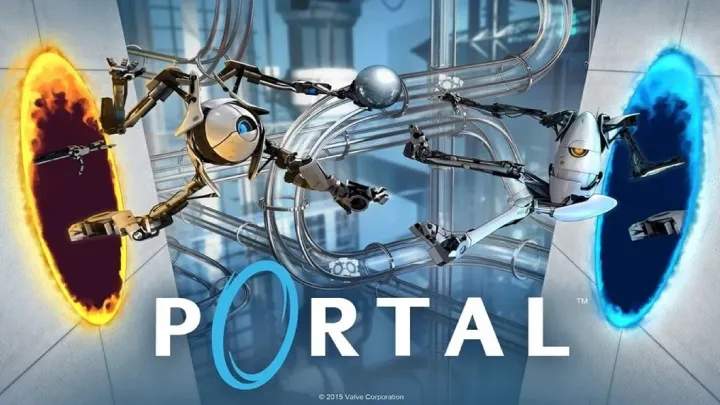
Why it’s unforgettable
Valve’s Portal fused puzzle design with first-person exploration and dark humor. The portal gun — creating linked holes in space — reframed spatial reasoning and introduced lateral puzzle-solving at a new scale. It also told a compact, eerie story through environmental detail and a sinister AI, GLaDOS.
Gameplay & design
Use the portal gun to connect two points in space. Momentum, angles, and timing become puzzle elements. The game steadily teaches new rules then combines them into mind-bending set pieces.
Legacy & impact
Portal proved that puzzles and narrative could cohere into a memorable single-player experience. “The cake is a lie” entered pop culture. Designers cite Portal when discussing player teaching and emergent puzzle combinations.
Strengths / Weaknesses
- Strength: Elegant teaching of mechanics; brilliant payoff moments.
- – Weakness: Short campaign; limited mechanical scope compared to sandbox puzzle titles.
3. Myst (1993)
Why it’s unforgettable
Myst is a seminal adventure/puzzle hybrid — slow, atmospheric, and intellectually demanding. Players wander a mysterious island, exploring books, machines, and environmental clues to unlock the story behind a fractured world.
Gameplay & design
Point-and-click exploration with puzzles embedded in machines and glyphs. There’s little handholding, so discovery and deduction are central. The world rewards close observation and patient note-taking.
Legacy & impact
myst helped popularize CD-ROM storytelling and showed games could be immersive, meditative experiences. Its design influenced countless narrative puzzle games and the “walking simulator” aesthetic.
Strengths / Weaknesses
- Strength: Deep atmosphere and sense of discovery.
- – Weakness: Puzzles can be obtuse; modern players may find pacing slow.
4. The Witness (2016)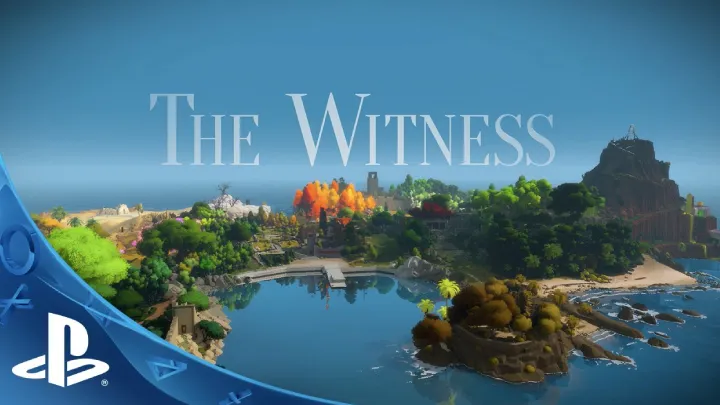
Why it’s unforgettable
Jonathan Blow’s The Witness is a philosophical puzzle island that reimagines line-tracing puzzles into an ecosystem of rules. Its brilliance is in how it teaches without text — patterns and visual language gradually impart rules that then recombine into complex logic.
Gameplay & design
Traverse an island and solve grid-based puzzles that gradually introduce new constraints (colors, symmetry, perspectives). Many puzzles require environmental observation; others subvert assumptions.
Legacy & impact
The Witness is celebrated for its pedagogy and its insistence on player-led discovery. It elevated puzzle design toward almost-academic explorations of pattern, perception, and insight.
Strengths / Weaknesses
- Strength: Masterclass in non-verbal teaching and rule design.
- – Weakness: High barrier for players who prefer explicit guidance.
5. Professor Layton Series (2007– )
Why it’s unforgettable
Level-5’s Professor Layton brought charming characters, animated cutscenes, and hundreds of bite-sized brainteasers to handheld consoles. Each chapter blends narrative and puzzle, turning logic puzzles into story devices.
Gameplay & design
Solve a variety of puzzles — sliding blocks, riddles, logic grids — often framed as mysteries. The tone is warm and whimsical, and puzzles are categorized by type and difficulty.
Legacy & impact
The series popularized the “puzzle adventure” for mainstream audiences, especially younger players and families. It demonstrated how puzzles can be integrated into episodic narrative.
Strengths / Weaknesses
- Strength: Wide puzzle variety; family-friendly narrative.
- – Weakness: Some puzzles rely on cultural or language knowledge.
6. Sudoku (Digital adaptations; modern era)
Why it’s unforgettable
Though Sudoku’s origins are older, the number-placement puzzle exploded globally in the 2000s and became a staple of newspapers, apps, and casual play. That pure logic — fill a 9×9 grid so every row, column, and block contains digits 1–9 — is endlessly satisfying.
Gameplay & design
Beginner puzzles teach scanning and elimination; advanced puzzles require chaining and pattern recognition. Digital versions add hints, note features, and daily challenges.
Legacy & impact
Sudoku made logic puzzles accessible to millions. It fosters concentration, patience, and deductive reasoning — and remains a daily habit for many.
Strengths / Weaknesses
- Strength: Universally accessible; scalable difficulty.
- – Weakness: Can become formulaic; less variety than multi-mechanic games.
7. Braid (2008)
Why it’s unforgettable
Jonathan Blow’s earlier hit Braid uses time manipulation as its core mechanic, turning platforming into puzzle orchestration. Its poetic storytelling, fractured chronology, and puzzles that twist expectations made it an indie landmark.
Gameplay & design
Manipulate time in different ways across levels (rewind, time dilation), using these rules to navigate hazards and solve puzzles. Levels reinterpret what "undo" means in a gameplay sense.
Legacy & impact
Braid helped launch the indie renaissance, proving small teams could make artful, challenging puzzle games with emotional resonance.
Strengths / Weaknesses
- Strength: Innovative mechanics plus narrative depth.
- – Weakness: Platforming precision paired with puzzle demands can frustrate some players.
8. Lemmings (1991)
Why it’s unforgettable
Lemmings is a classic puzzle/strategy title that tasks the player with guiding a crowd of suicidal creatures to safety by assigning roles — jumper, builder, blocker — to individual lemmings. It blends timing, resource allocation, and foresight.
Gameplay & design
Each level provides tools and terrain; assign skills to save a percentage of lemmings. The charm is in emergent failures: one wrong skill can cascade into comedic disaster.
Legacy & impact
As an early mainstream puzzle hit, Lemmings demonstrated how tiny AI agents could be choreographed into emergent puzzles, inspiring many imitators.
Strengths / Weaknesses
- Strength: High replay value; creative problem-solving.
- – Weakness: Trial-and-error emphasis can feel punishing.
9. Baba Is You (2019)
Why it’s unforgettable
Baba Is You turns rules into manipulable objects. Each puzzle is a collection of word blocks that define the world; moving words changes the game logic itself (e.g., “WALL IS STOP” vs “WALL IS PUSH”).
Gameplay & design
Push word tiles to reconfigure rules and create new solutions. This meta-level of rule hacking encourages lateral thinking and generates spectacularly surprising solutions.
Legacy & impact
Praised for originality, Baba Is You expands the idea of puzzles into theorem-building; it rewards mathematical and linguistic creativity.
Strengths / Weaknesses
- Strength: Deeply original mechanic; huge “aha!” moments.
- – Weakness: Steep learning curve to internalize meta-rules.
10. Candy Crush Saga / Match-3 Classics (2012 onward)
Why it’s unforgettable
Match-3 puzzles (like Bejeweled) were revitalized by Candy Crush Saga, turning a simple swap mechanic into an addictive, widely distributed mobile phenomenon. Its design shows how puzzles can be persistent, social, and monetized without losing instant appeal.
Gameplay & design
Match three or more identical items to clear tiles, create combos, and meet level objectives under move or time constraints. Power-ups and level variety keep the loop fresh.
Legacy & impact
Candy Crush brought puzzle gaming to smartphones’ masses. Its level design, progression systems, and social hooks became a blueprint for casual mobile puzzles.
Strengths / Weaknesses
- Strength: Immediate accessibility and strong retention hooks.
- – Weakness: Monetization and stamina systems can frustrate players seeking pure skill-based challenge.
Common Threads: What Makes a Puzzle Game Memorable?
- Elegant rules, deep emergent play. The best puzzles have a small rule set that creates large possibility space.
- Clear teaching, satisfying payoff. Great designers teach mechanics via level progression so the player experiences discovery rather than instruction.
- Aesthetic and feedback. Sound, visuals, and tactile controls amplify the “click” of solving.
- Balance of frustration and reward. A memorable puzzle tightens tension then delivers catharsis.
- Novelty in mechanics. Title like Baba Is You or Portal succeed by reframing assumptions about rules and space.
Why Puzzle Games Matter Beyond Play
Puzzle games sharpen cognitive skills: pattern recognition, planning, mental rotation, and logical deduction. They are used in education, brain training, and research into flow states. Moreover, puzzle design principles inform UX design, tutorials, and onboarding in many interactive systems.
Conclusion
From classic line-clearing rhythms of Tetris to the mind-bending rule manipulation of Baba Is You, puzzle and brain-teasing games distill thinking into joyous play. They are compact laboratories of cognition — where a small rule change can deliver a lifetime of strategy and delight. These ten titles are memorable not just because of mechanics, but because they deliver moments of clarity: the satisfying click when a solution emerges, the grin when a trick works, or the quiet awe when a world’s rules suddenly make sense.








